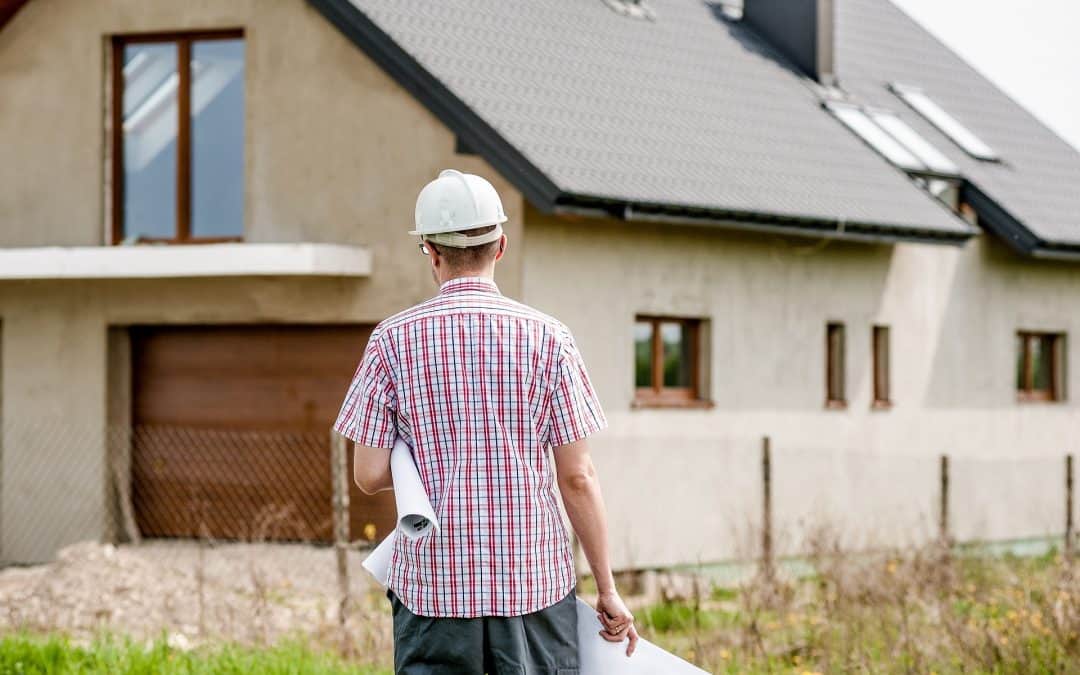Renovating a home often involves numerous decisions, and one significant aspect that homeowners may consider is recladding. This comprehensive guide will walk you through every step of the process, from assessing your current cladding to selecting materials and completing the renovation.
Introduction to Recladding
Recladding is the process of replacing the exterior cladding of a building. It’s a popular choice for homeowners looking to improve the appearance, durability, and insulation of their homes. Whether your current cladding is damaged, outdated, or you simply want to refresh your home’s exterior, recladding can offer a transformative solution. Recladding experts in Auckland specialize in this precise task, ensuring quality and expertise in the process.
Assessment of Current Cladding
Before embarking on a recladding project, it’s essential to assess the condition of your current cladding. Look for signs of damage such as cracks, rot, or mold, as well as any underlying structural issues. This evaluation will help determine the extent of the work required and inform your choice of new cladding materials.
Selecting New Cladding Materials
There is a wide range of cladding materials available, each offering unique aesthetics, durability, and maintenance requirements. Consider factors such as cost, climate suitability, and architectural style when selecting your new cladding. Popular options include vinyl, wood, fiber cement, and metal.
Preparing for Recladding
Before starting the recladding process, it’s essential to make adequate preparations. This includes budgeting for the project, understanding any legal considerations or building regulations, and choosing reputable contractors. Taking these steps will help ensure a smooth and successful renovation.
Removing Old Cladding
Once preparations are complete, the first step in the recladding process is removing the old cladding. This may involve stripping away layers of siding, insulation, and sheathing, taking care to preserve the underlying structure. Proper removal is crucial to ensure a clean and stable surface for the new cladding.
Repairing Underlying Structure
With the old cladding removed, it’s time to assess and repair any underlying structural issues. This may involve reinforcing framing, replacing damaged sheathing, or addressing moisture damage. Investing in structural repairs now will prevent future issues and ensure the longevity of your new cladding.
Installing New Cladding
With preparations and repairs complete, it’s time to install the new cladding. The installation process will vary depending on the type of cladding material chosen. Whether you opt for traditional lap siding, modern panel systems, or something in between, proper installation is essential for a durable and attractive finish.
Sealing and Finishing Touches
Once the new cladding is in place, it’s important to seal joints, seams, and penetrations to prevent water infiltration and air leakage. Additionally, consider adding finishing touches such as trim, paint, or decorative accents to enhance the appearance of your home’s exterior.
Post-Recladding Maintenance
After completing the recladding project, it’s essential to establish a regular maintenance routine to keep your home looking its best. This may include periodic cleaning, inspections for signs of damage, and prompt repairs as needed. Proper maintenance will prolong the life of your cladding and preserve your home’s value.
Benefits of Recladding
Recladding offers numerous benefits for homeowners, including improved aesthetics, increased energy efficiency, and enhanced durability. By investing in recladding, you can not only enhance the appearance and functionality of your home but also increase its resale value.
Potential Challenges and Solutions
While recladding can be a rewarding investment, it’s not without its challenges. Common issues include unexpected structural damage, weather delays, and budget overruns. By working closely with experienced contractors and staying flexible throughout the process, you can overcome these challenges and achieve your renovation goals.
Cost Considerations
The cost of recladding a home can vary widely depending on factors such as the size of the property, the choice of materials, and the extent of structural repairs required. It’s essential to budget carefully and obtain multiple quotes from reputable contractors to ensure you’re getting the best value for your investment.
Environmental Impact of Recladding
When selecting cladding materials, consider the environmental impact of each option. Look for materials that are sustainably sourced, energy-efficient, and recyclable. Additionally, choose products with low maintenance requirements to minimize the use of resources over time.
Popular Recladding Trends
In addition to traditional cladding materials and styles, there are several emerging trends in the world of recladding. These include eco-friendly materials, innovative designs, and customizable options that allow homeowners to express their unique style and personality.
Conclusion
Recladding a home is a significant undertaking, but with careful planning and execution, it can transform the appearance and functionality of your property. By following the steps outlined in this guide and working with experienced professionals, you can achieve stunning results that will enhance your home’s value and curb appeal for years to come.
